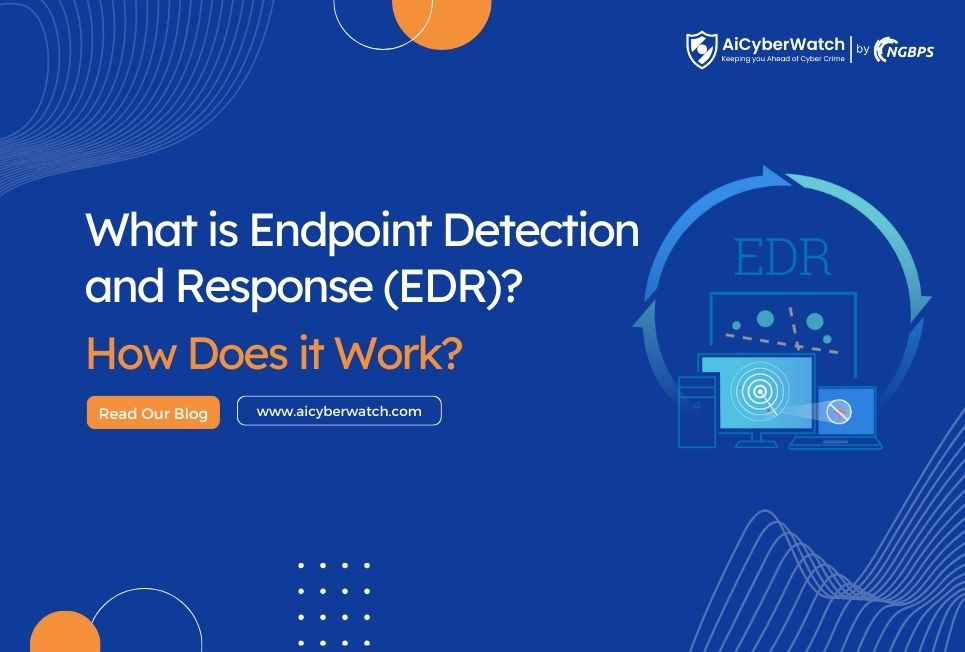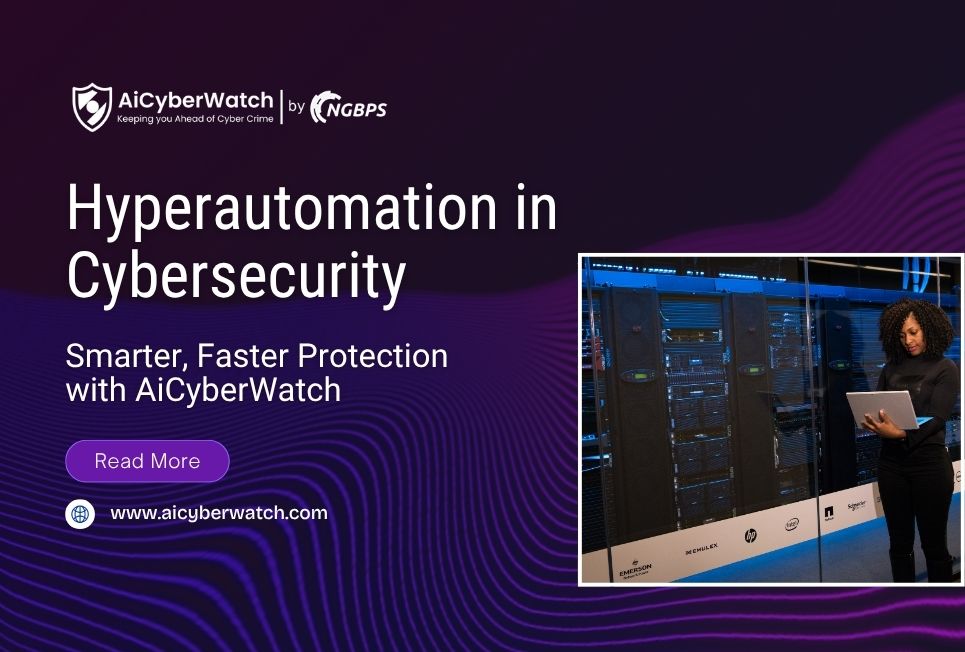In the ever-evolving landscape of cybersecurity, threats continue to evolve in sophistication and complexity, making traditional security measures increasingly inadequate. Endpoint Detection and Response (EDR) emerges as a vital component in the arsenal of cybersecurity defenses, offering proactive threat detection, rapid incident response, and enhanced visibility into endpoint activities. At AiCyberWatch, a leading cyber security company in Delhi NCR India, we recognize the critical role of EDR in safeguarding digital assets and mitigating cyber threats. Let’s delve deeper into what EDR is and how it works to fortify your defenses.
Understanding Endpoint Detection and Response (EDR):
Endpoint Detection and Response (EDR) is a cybersecurity solution designed to detect and respond to advanced threats targeting endpoints, such as desktops, laptops, servers, and mobile devices. Unlike traditional antivirus software, which relies on signature-based detection, EDR employs advanced behavioral analytics, machine learning algorithms, and threat intelligence to identify suspicious activities and anomalies indicative of potential threats.
How Does EDR Work?
- Continuous Monitoring: EDR solutions continuously monitor endpoint activities in real-time, collecting vast amounts of data related to processes, file modifications, network connections, and user behavior.
- Behavioral Analysis: Through behavioral analysis, EDR tools establish a baseline of normal behavior for each endpoint, enabling them to identify deviations that may indicate malicious activity. By analyzing patterns and anomalies, EDR solutions can detect sophisticated threats that evade traditional signature-based detection methods.
- Threat Detection: EDR leverages advanced detection techniques, such as heuristic analysis, anomaly detection, and machine learning, to identify indicators of compromise (IOCs) and suspicious behavior indicative of malicious intent. This proactive approach enables organizations to detect threats at the earliest stages, minimizing the risk of data breaches and system compromise.
- Automated Response: Upon detecting a potential threat, EDR solutions can initiate automated response actions to contain the threat and prevent further damage. This may include isolating the affected endpoint, terminating malicious processes, and quarantining suspicious files for further analysis.
- Forensic Investigation: EDR provides robust forensic capabilities, allowing security teams to investigate incidents thoroughly, analyze attack vectors, and identify the root cause of security breaches. This valuable insight enables organizations to refine their security posture and implement proactive measures to prevent future attacks.
The Role of Managed SOC Services:
Managed Security Operations Center (SOC) services complement EDR by providing 24/7 monitoring, threat hunting, and incident response capabilities. By partnering with a trusted managed SOC service provider like AiCyberWatch, organizations can leverage expertise, resources, and advanced technologies to enhance their security posture and effectively combat cyber threats.
In conclusion, Endpoint Detection and Response (EDR) represents a proactive approach to cybersecurity, empowering organizations to detect, respond to, and mitigate advanced threats targeting endpoints. By leveraging advanced analytics, threat intelligence, and automated response capabilities, EDR enhances visibility, strengthens defenses, and enables organizations to stay one step ahead of cyber adversaries. Partner with AiCyberWatch and bolster your defenses against evolving cyber threats.







 Call Us
Call Us